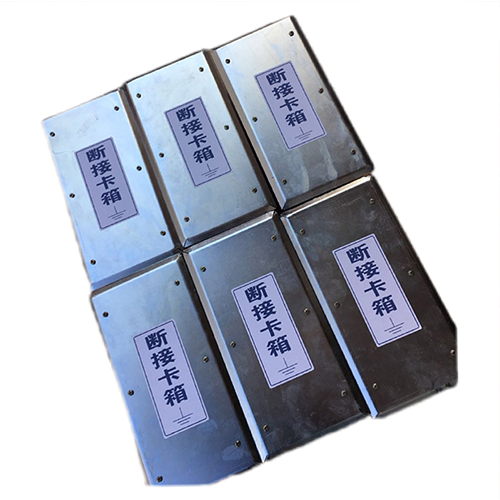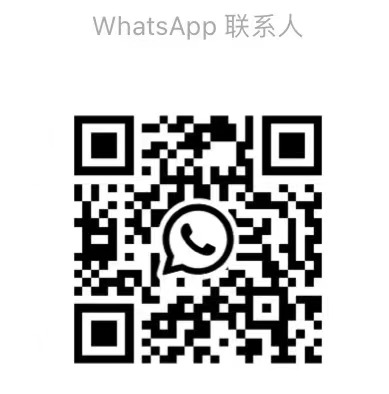Material: Galvanized flat steel and bolts
Uses: Measuring resistance
The disconnection card is a small device between the lightning protection down conductor and the grounding electrode. It is generally made of galvanized flat steel and bolts. Its function is to measure whether the grounding resistance reaches the design value. Generally, there is a small iron or PVC box at the four corners of the outer walls of many high-rise residential buildings. This is the breakout card box, and the inside is the breakout card. The installation position of the breakout card should be between 0.3~1.8m from the down conductor to the ground.
Product Details
A breakout card box, also known as a breakout box or interface box, is a device used in electronic testing and troubleshooting. It provides a convenient and organized way to access the individual wires or pins of a multi-pin connector, allowing for easy connection and monitoring of signals.
Here's an introduction to the breakout card box and its applications:
-
Function and Design: A breakout card box typically consists of a durable enclosure with multiple input and output connectors. Inside the box, there are terminals or sockets corresponding to each pin or wire of the connector being interfaced with. The breakout box serves as an intermediary between the device under test and testing equipment, providing a simplified connection interface for signal probing, monitoring, or injection.
-
Signal Monitoring and Testing: Breakout card boxes are commonly used in electronics testing and troubleshooting processes. They allow engineers, technicians, or researchers to access individual signals within a complex connector or cable assembly. By connecting test equipment, such as oscilloscopes, multimeters, or logic analyzers, to the breakout box terminals, users can monitor and measure specific signals for analysis, diagnosis, or verification purposes.
-
Prototyping and Development: Breakout card boxes are also useful in prototyping and development scenarios. They facilitate the easy connection of external devices or modules to a prototype board or system via a standard connector. This simplifies the process of adding or removing components for testing, debugging, or performance evaluation, without requiring complex soldering or permanent connections.
-
Education and Training: Breakout card boxes are often employed in educational settings, such as electronics labs or training courses, to teach concepts related to signal routing and measurement. They provide a hands-on way for students to understand the electrical connections and interactions between different signals within a connector or cable assembly.
-
Customization and Compatibility: Breakout card boxes can be designed to accommodate various types of connectors, such as D-sub, ribbon cables, or specialized connectors used in specific industries. They can also include additional features, such as voltage level shifting, signal conditioning, or built-in test points, depending on the specific requirements of the application.
In summary, a breakout card box is a versatile tool used for accessing and interfacing with individual signals within a multi-pin connector. It finds applications in electronics testing, prototyping, education, and other scenarios where simplified access to specific signals is required for analysis, monitoring, or connection purposes.
 English
English  Español
Español  Português
Português  русский
русский  français
français  日本語
日本語  Deutsch
Deutsch  Tiếng Việt
Tiếng Việt  Italiano
Italiano  Nederlands
Nederlands  ไทย
ไทย  Polski
Polski  한국어
한국어  Svenska
Svenska  magyar
magyar  Malay
Malay  বাংলা
বাংলা  Dansk
Dansk  Suomi
Suomi  हिन्दी
हिन्दी  Pilipino
Pilipino  Türk
Türk  Gaeilge
Gaeilge  عربى
عربى  norsk
norsk  اردو
اردو  čeština
čeština  Ελληνικά
Ελληνικά  Українська
Українська  Javanese
Javanese  فارسی
فارسی  தமிழ்
தமிழ்  తెలుగు
తెలుగు  नेपाली
नेपाली  Burmese
Burmese  ລາວ
ລາວ  Қазақ
Қазақ  Euskal
Euskal  slovenský
slovenský  Македонски
Македонски  Română
Română  Српски
Српски  简体中文
简体中文  Afrikaans
Afrikaans  עִברִית
עִברִית  יידיש
יידיש  Беларус
Беларус  മലയാളം
മലയാളം  Hawaiian
Hawaiian  հայերեն
հայերեն 












